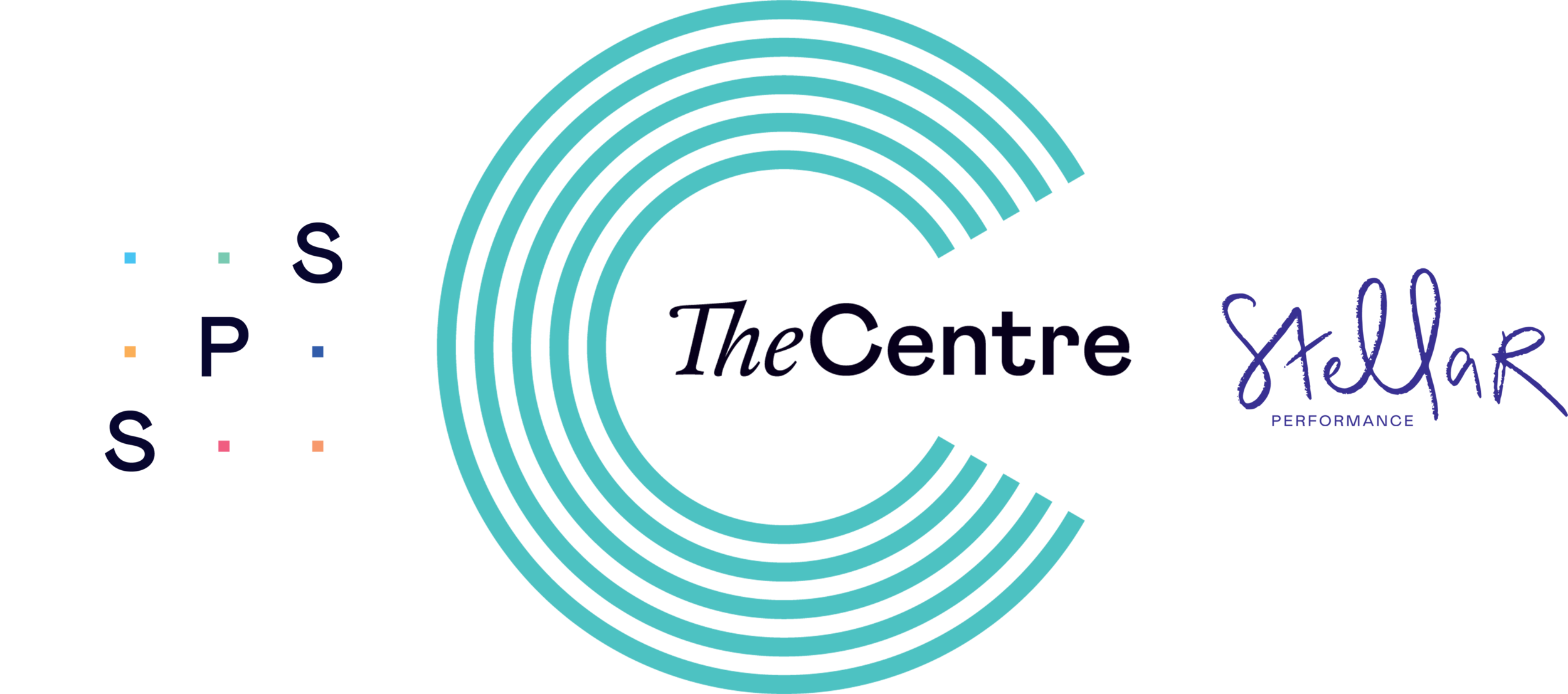L - 'Listen' with your hands - what do you 'hear'?
Paying attention or ‘listening’ to what we are being told requires concentration, understanding, interpretation and the ability to then construct a logical justifiable course of action. If the ‘conversation’ is unspoken and only ‘felt’, what are you doing to ‘listen’, understand and respond appropriately?
In the case of massage and soft tissue therapy the appropriate application of soft tissue manipulation with measurable outcomes both objective and subjective is usually a verbal ‘contract’ made between the therapist and the client or legally known as ‘gaining informed consent’.
Therefore, before applying any form of soft tissue manipulation we must take the time to tell the client what the proposed plan of treatment/massage will be. This involves several components that the client hears - ‘what, where, why, when, how, who, risks and alternatives’, to ensure that the client understands the exact nature and possible negative impacts along with any other known intervention which might also assist them in achieving the desired outcomes, before they consent to our plan of action. We then ‘hear’ the clients consent to proceed.
Once you start your proposed ‘hands-on’ intervention it’s at this point you start ‘listening’ with your hands. You have already heard the concerns, needs and desired outcome from the client but what do your hands now tell you? Is the story being read through touch the same? How does the feedback from the tissues alter or affirm the course of action? Are you paying attention to the subtle changes that may be urging you on or the loud objection that is telling you to stop? Have you considered that while you may not have verbally heard consent withdrawn, that the tissues have withdrawn consent?
I watch students and qualified practitioners on a day to day and week by week basis. Some are automatons in copying delivering and repeating the skills they are taught. The routine they start to deliver never wavers, never varies and their dedication to ‘same old, same old’, is not only depressing but lacking in tissue conversation.
It takes little or no time to teach someone a skill, its underlying physiological effects and the contraindications to a particular soft tissue technique. However, the success in using these techniques/skills lies in the nuance of application, the ability to vary parameters of depth, speed, time, frequency, rhythm & duration based on the feedback being received at every stroke from the tissues and varying the delivery or stopping a particular delivery or parameter based on tissue response.
The ability to ‘listen’ to tissues and respond appropriately comes from sensitivity, experience and a willingness to not rush and be constrained by time. Time is required for some tissues to achieve change, time allocated to a massage does not always have to be ‘filled’ and time to reflect is never wasted.
It is not an easy ‘ask’ to develop sensitivity and interpretation of sensation through touch however, a variety of ways to develop these important aspects of practice, might include working with more experienced colleagues, having ONE-TO-ONE sessions or reflecting on an intervention, event or incident within your own practice with colleagues. Discussing outcomes of soft tissue skill interventions with a variety of healthcare practitioners helps to build that ‘neural map’ which guides and supports our practice.
Therapists, practitioners and all healthcare professionals who use massage and soft tissue skills must continue to develop professionally in order to meet the often challenging and changing situations in which they find themselves. We must not ‘stand still’ in developing our practice and skills if we are to offer up to date, appropriate interventions to meet client need.
If you need any further help, support or guidance then contact us to arrange a One to One or attend a course in advanced soft tissue skills, assessment or agree a bespoke education programme to meet your needs.

